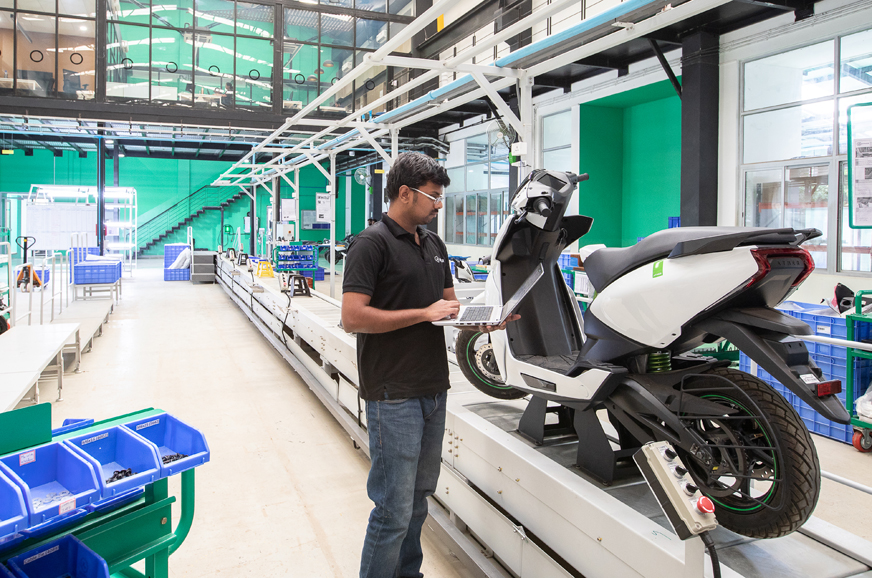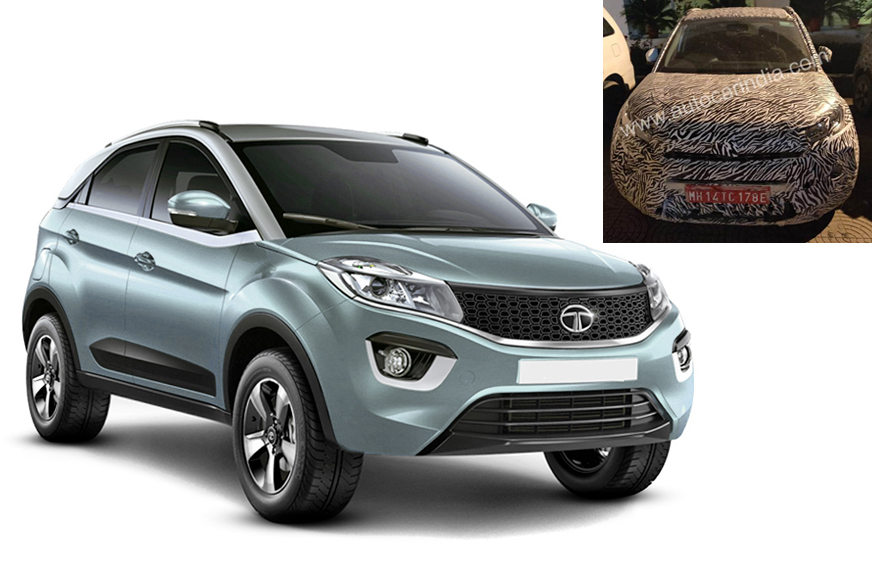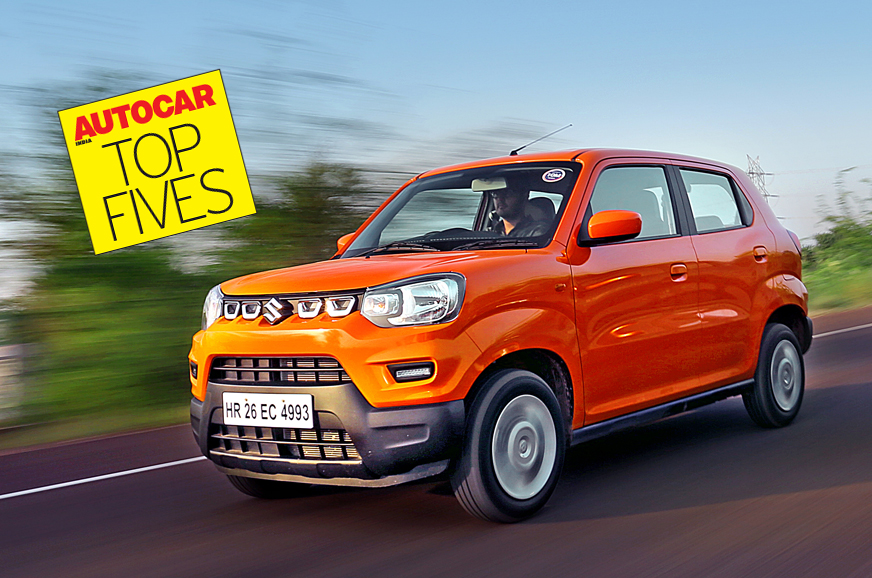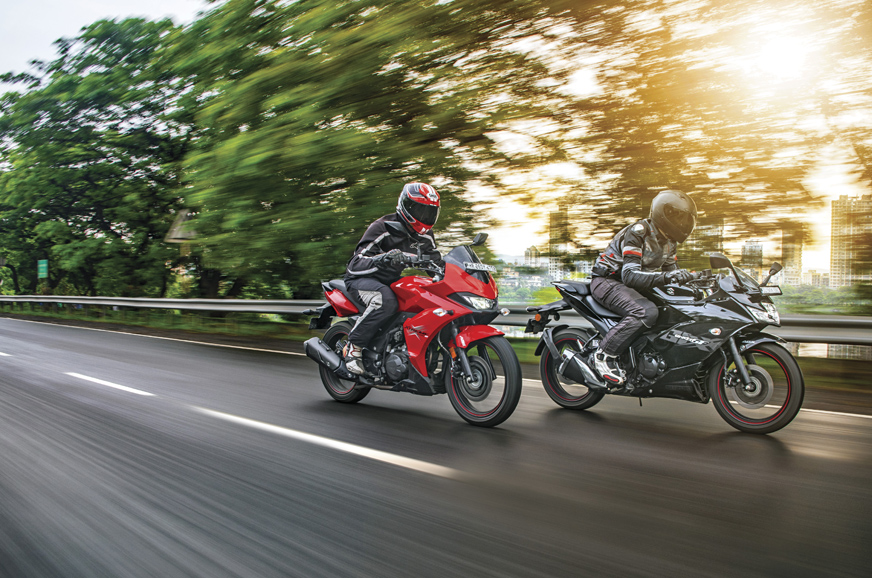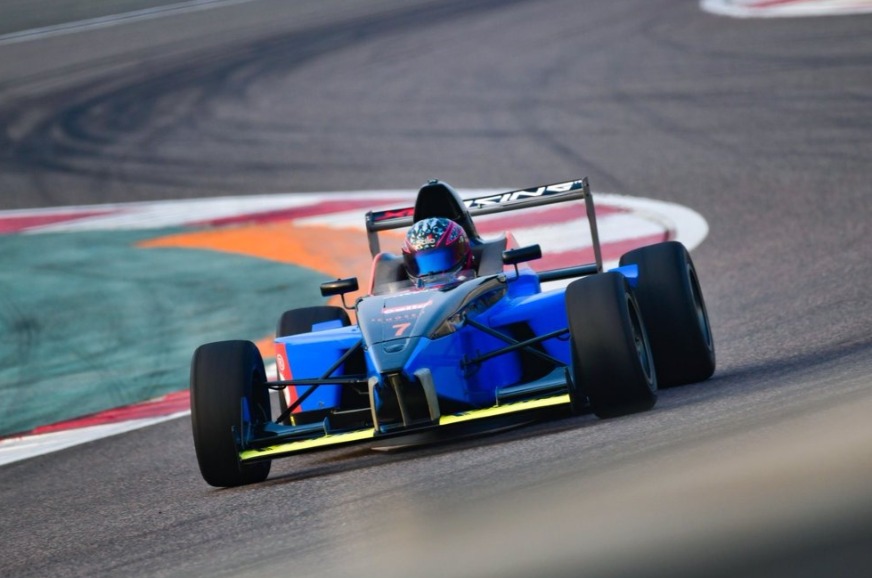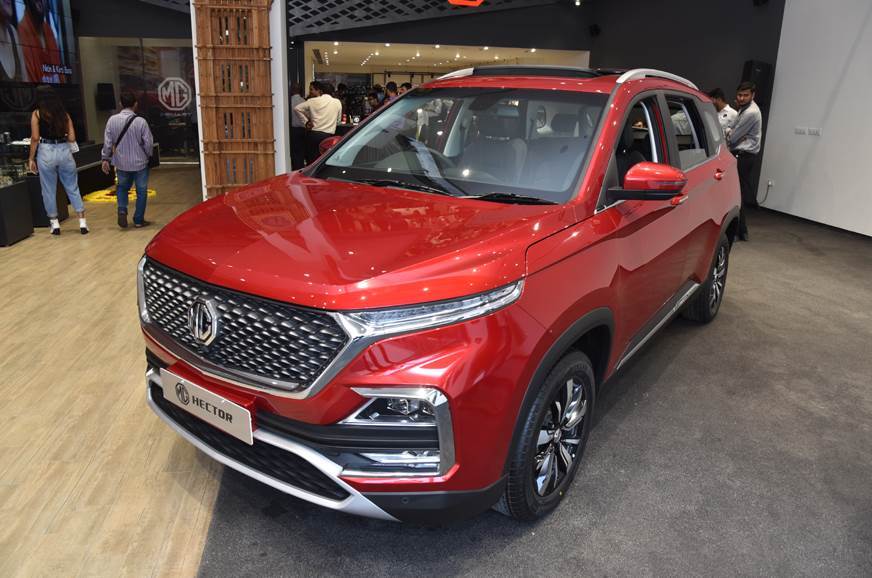For the longest time, the Suzuki Gixxer SF was the only fully faired motorcycle you could buy for close to a lakh. With the updates it received earlier this year, the price tag did move further away from the Rs 1 lakh mark, however, it’s still significantly more affordable than similar bikes like the Yamaha R15. But the Suzuki is no longer alone in this space and the faired Hero Xtreme 200S now aims to tempt Gixxer buyers away with a 200cc engine at a considerably lower price. Sounds like a no-brainer, right? Let’s find out.
Dressed for the occasion
Now, looks can be subjective. So while the Gixxer’s design is definitely more sporty, we found that it’s the Xtreme that gets more attention. That’s partly thanks to the quirky, unique headlight design and broad fairing; but a lot of it comes down to its bright red colour scheme. The 200S is also available in two other colours – black and brown. However, the bike doesn’t look nearly as good in either. Having learnt from previous experience, Hero has done a much better job with the proportions and it looks quite attractive. The only letdown in an otherwise impressive design is the excessively raised handlebar and the basic bar-mounted mirrors which look a bit out of place.
The Gixxer’s design, meanwhile, is much sharper and aggressive. Its headlight, too, is quite unique, with a trident-like design that sets it apart from the competition. Speaking of which, both motorcycles get LED units that provide decent illumination. The Suzuki also makes the rider feel what its looks suggest. The sportier intent is obvious, with the lower-set clip-on handlebars, the curve in the rear of the seat and a wider rear tyre. A result of the more committed ergonomics is a more connected handling experience, with the obvious trade-off being comfort. Ride quality is decently plaint on both motorcycles, but the Gixxer’s riding position will make you feel more on your lower back.

Both are sweet-handling motorcycles; you’d be hard-pressed to pick between the two.
The Hero, on the other hand, is the more comfortable bike with a near-upright seating position, thanks to the conventionally positioned handlebar and slightly rear-seat foot pegs. We also liked the seat on the Hero better as it had a softer padding and was more spacious. The Xtreme also happens to be the lighter-feeling motorcycle, due to the increased leverage from the flat handlebar. The ergonomics, however, don’t impede the bike’s handling and this is something we felt even when we first rode it at the Buddh International Circuit. It turns quickly into corners and smoothly settles into a stable state of lean, with good levels of grip from the MRF tyres.
As for the Gixxer, it continues to be a sweet handling machine, and there’s no reason to pick one over the other when it comes to sheer handling abilities.

Hero’s console gets features like Bluetooth, but Gixxer’s is easier to read.
Mass produced
As expected of a motorcycle by the Japanese, the Gixxer is put together really well. The switchgear doesn’t feel cheap and the backlit LCD display is crisp and easy to read, giving the bike a premium touch. Unfortunately, the same can’t be said about the Xtreme 200S, where the build quality is a letdown. Some areas – like the exterior fit and finish of the fairing – are quite good, but the inside of the fairing isn’t concealed as well as the Gixxer’s and looks quite unfinished. The switchgear and handlebar-mounted choke don’t look very premium either and we noticed that some metal around the engine was showing signs of oxidation across the casings. Small details, like the unsprung foot pegs (the old Gixxer had this issue as well), are also minor irritants. The instrument cluster on the Hero isn’t as well-thought-out either, but it does offer features you won’t see on the Gixxer – like Bluetooth connectivity, which enables turn-by-turn navigation. In this regard, the Xtreme 200S offers much more kit than the Xtreme 200R.

Out and about
Up against most of its other 200cc rivals, the Xtreme 200S is underpowered. But in its present company, the additional 4.3hp and 3.1Nm of torque it has over the Gixxer set it apart drastically. The Hero was noticeably quicker in our tests, managing the 0-100kph sprint over 3sec quicker than the Suzuki. The results are similar even with the roll-on tests; and a side-by-side run really showed how much of an advantage the Hero had over the Suzuki. That said, the Xtreme’s engine is still a carburetted unit and the kind of performance change it will see after switching to fuel injection (to comply with the BS6 norms) remains to be seen.
Our fuel efficiency tests showed that both motorcycles aren’t separated by much in this aspect, with the Suzuki providing slightly more for the litre than the Hero. On the highway, the Suzuki returned 53.1kpl and the Hero, 51.1kpl. The difference in the city is noticeably more, with the Gixxer capable of 46.7kpl and the Hero returning a lower 37.9kpl.
| Performance |
|
Hero Xtreme 200S |
Suzuki Gixxer SF |
| 0-60kph |
4.77s |
5.24s |
| 0-100kph |
14.2s |
17.3s |
| 20-50kph in 2nd |
3.12s |
3.54s |
| 30-70kph in 3rd |
5.94s |
7.18s |
| 50-80kph in 4th |
6.33s |
8.56s |
| 60-0kph (distance) |
16.11m |
17.65m |
| Fuel efficiency (city) |
37.9kpl |
46.7kpl |
| Fuel efficiency (highway) |
51.1kpl |
53.1kpl |
At city speeds, we found that the Gixxer’s engine was smoother and sounded more refined. In comparison, the Xtreme sounds more gruff and its acceleration is accompanied by a throaty intake growl. Thanks to the larger displacement on offer, the Hero’s 199.6cc single-cylinder unit remains less stressed at higher speeds. However, neither bike is capable of a comfortable cruise at over 100kph.
The brakes on the Xtreme were considerably better as well, both in terms of stopping distance and feel. In terms of outright performance, the Xtreme is the clear winner.
Verdict
Riding both these bikes back to back reveals that each has its strong points, but there are some serious negatives as well. The Suzuki’s sportier design and higher levels of quality make it more emotionally appealing. That said, there’s no denying the better performance and comfort that the Hero provides. The Xtreme is also the more comfortable machine for daily life in the city, but its finish and quality levels are disappointing.
At the moment, the Xtreme 200S is the more affordable option by a considerable Rs 10,470. However, when BS6 norms come around, it’s very likely that the bike’s price will go up by around Rs 7,000-9,000, while the price hike on the BS6 Gixxer will be much less, since it is already fuel injected. For the time being, the Hero edges ahead in terms of overall value for money, but choosing between these two essentially comes down to what trade-offs you are willing to live with.
| Specifications |
|
Hero Xtreme 200S |
Suzuki Gixxer SF |
| Price (ex-showroom, Delhi) |
Rs 99,400 |
Rs 1.1 lakh |
| Engine layout |
Single-cylinder, air-cooled |
Single-cylinder, air-cooled |
| Displacement |
199.6cc |
155cc |
| Power |
18.4hp at 8000rpm |
14.1hp at 8000rpm |
| Torque |
17.1Nm at 6500rpm |
14Nm at 6000rpm |
| Gearbox |
5-speed |
5-speed |
| Wheelbase |
1337mm |
1340mm |
| Seat height |
795mm |
795mm |
| Ground clearance |
165mm |
165mm |
| Fuel tank |
12.5 litres |
12 litres |
| Kerb weight |
149kg |
146kg |
| Front suspension |
Telescopic fork |
Telescopic fork |
| Rear suspension |
Monoshock |
Monoshock |
| Front brake |
276mm disc |
276mm disc |
| Rear brake |
220mm disc |
220mm disc |
| Tyre size (f/r) |
100/80-17 / 130/70 R 17 |
100/80 R17 / 140/60 R17 |
from Autocar India https://ift.tt/2statfc
via
IFTTT
